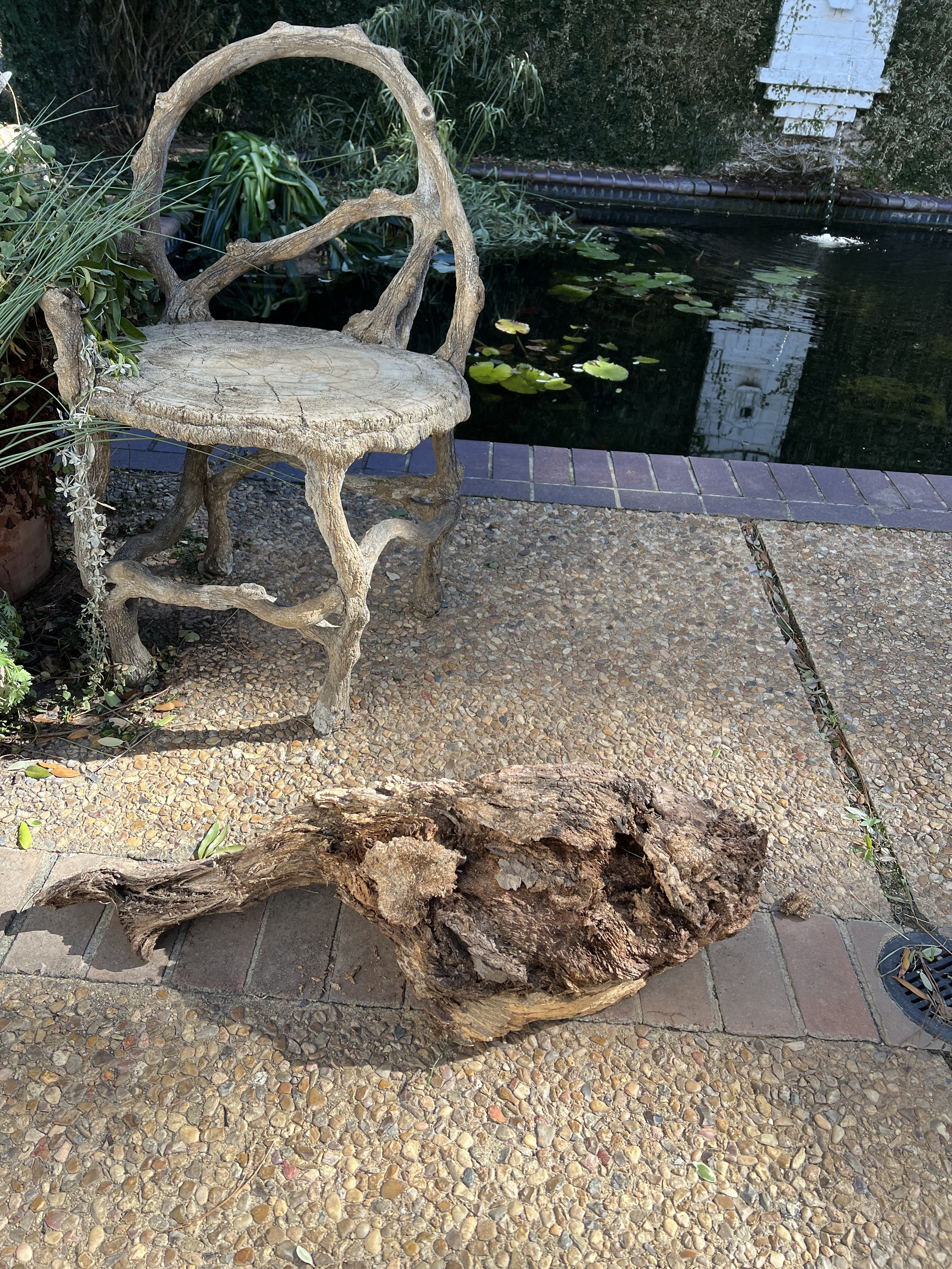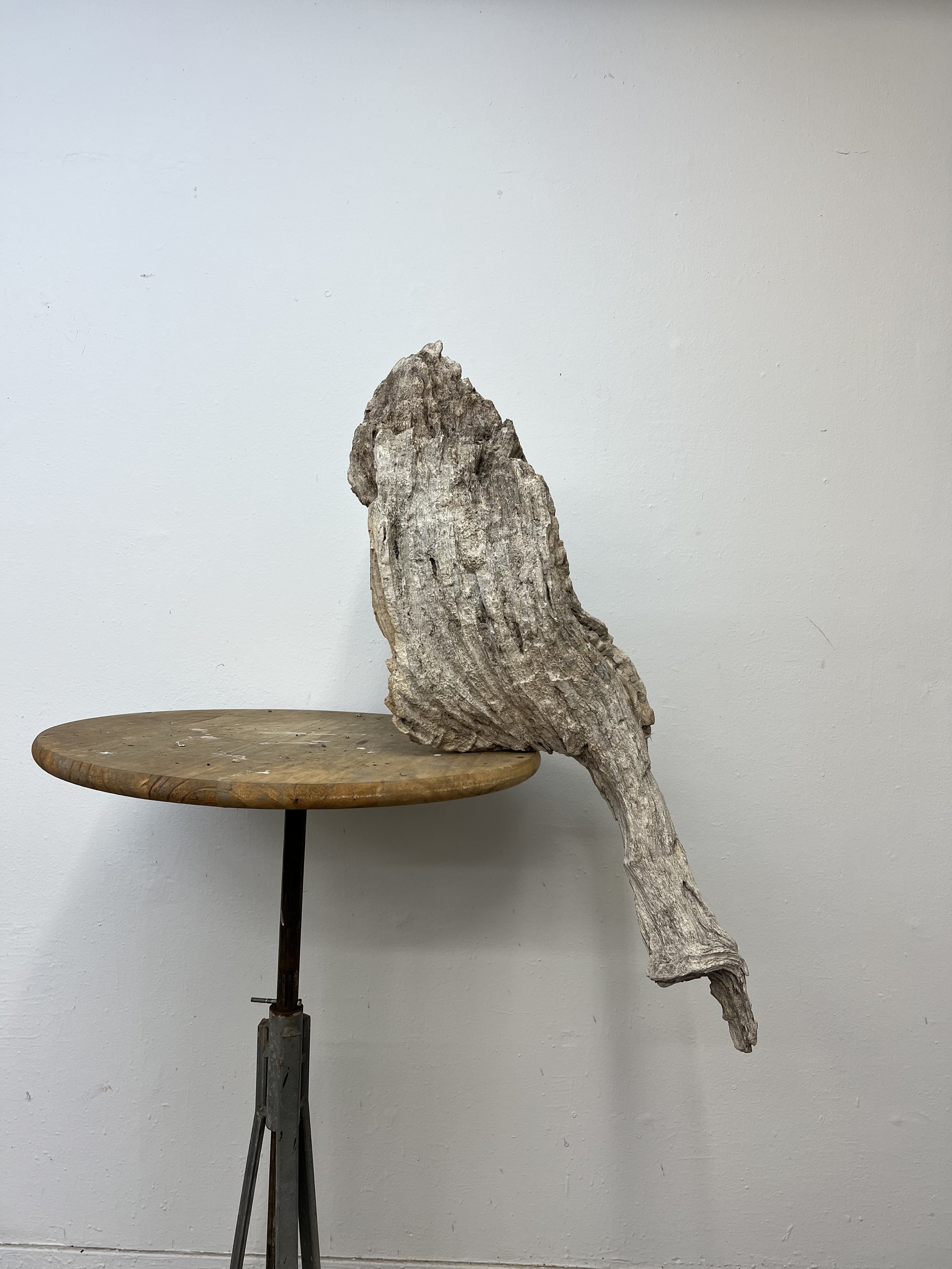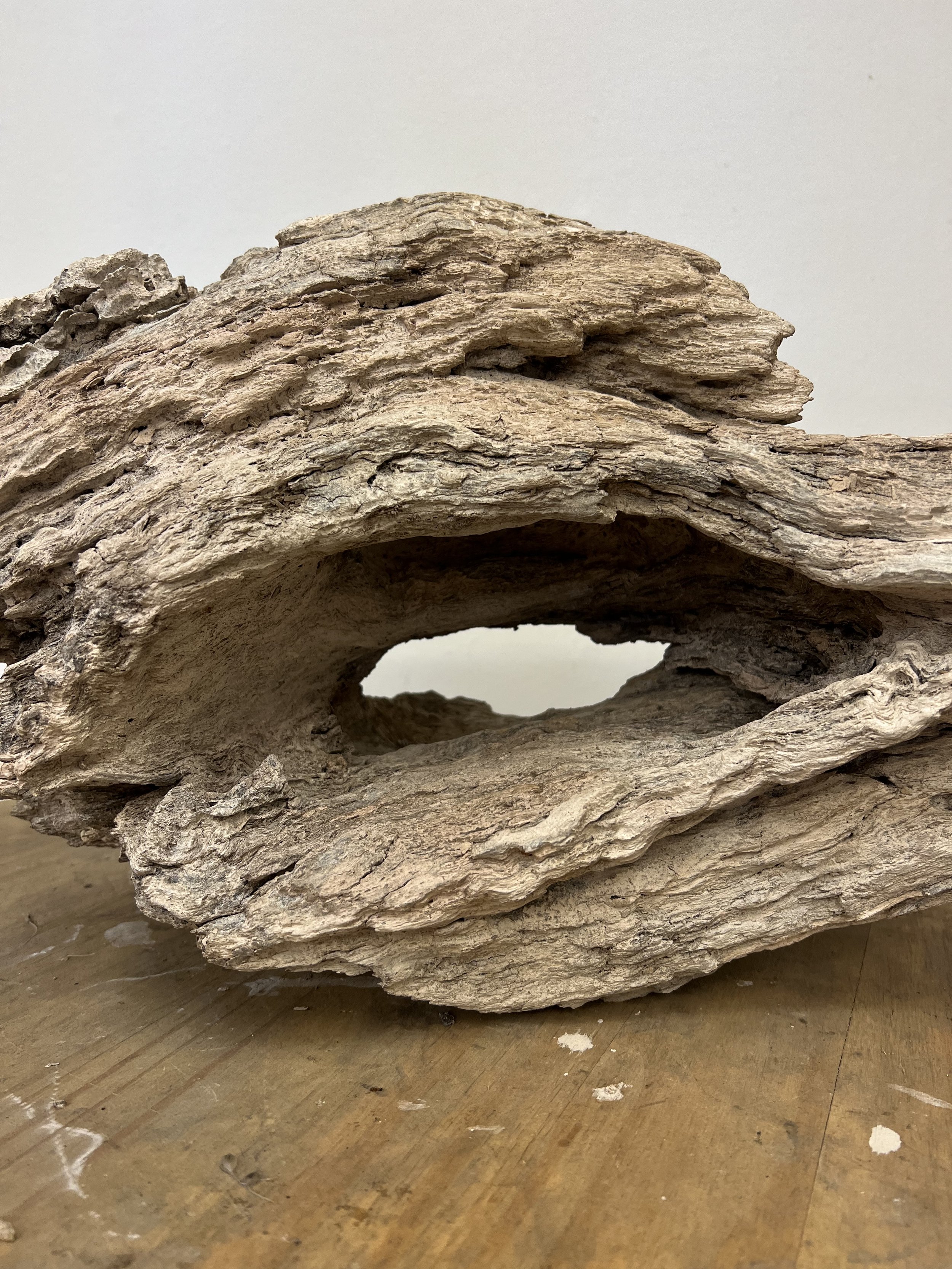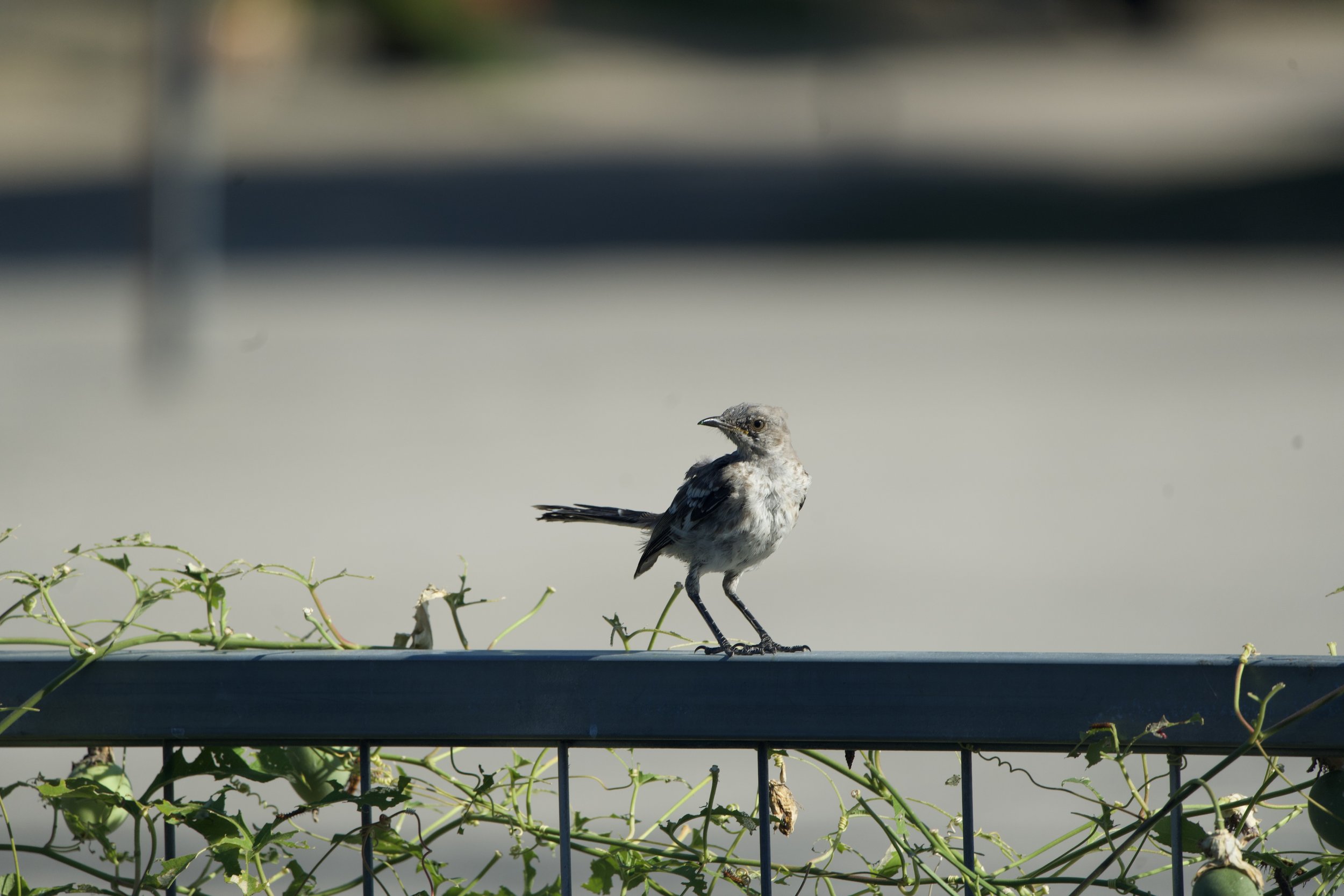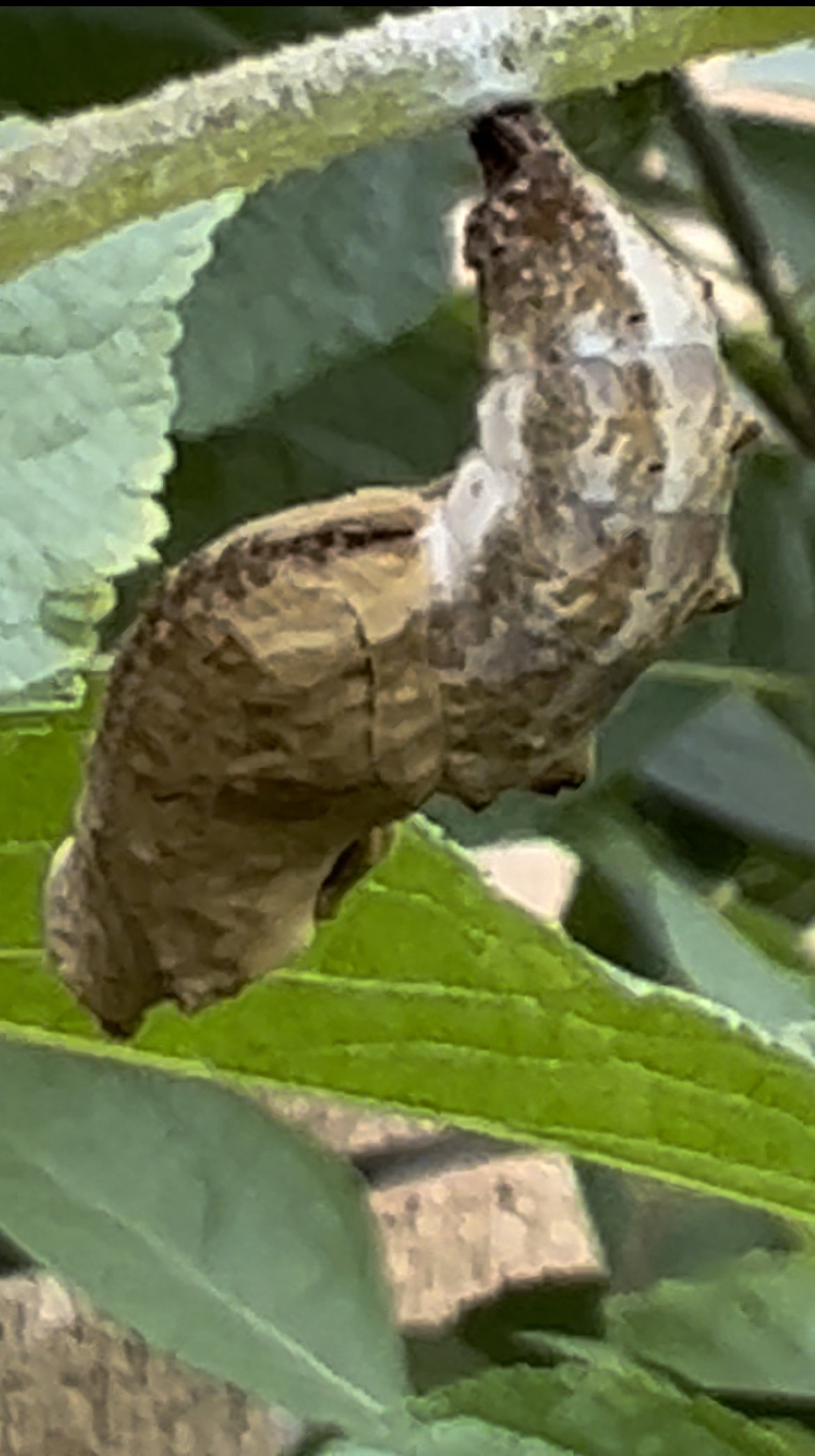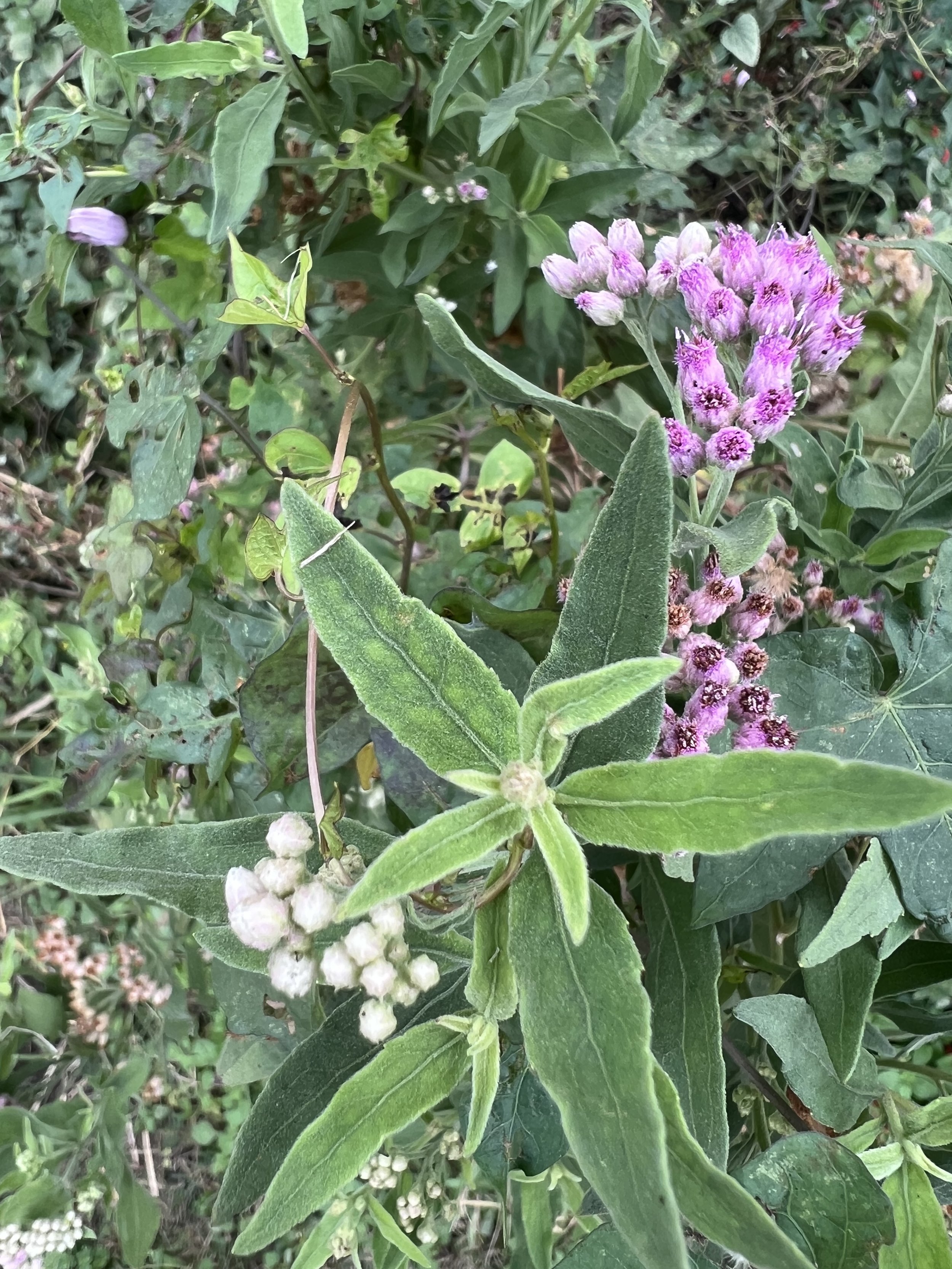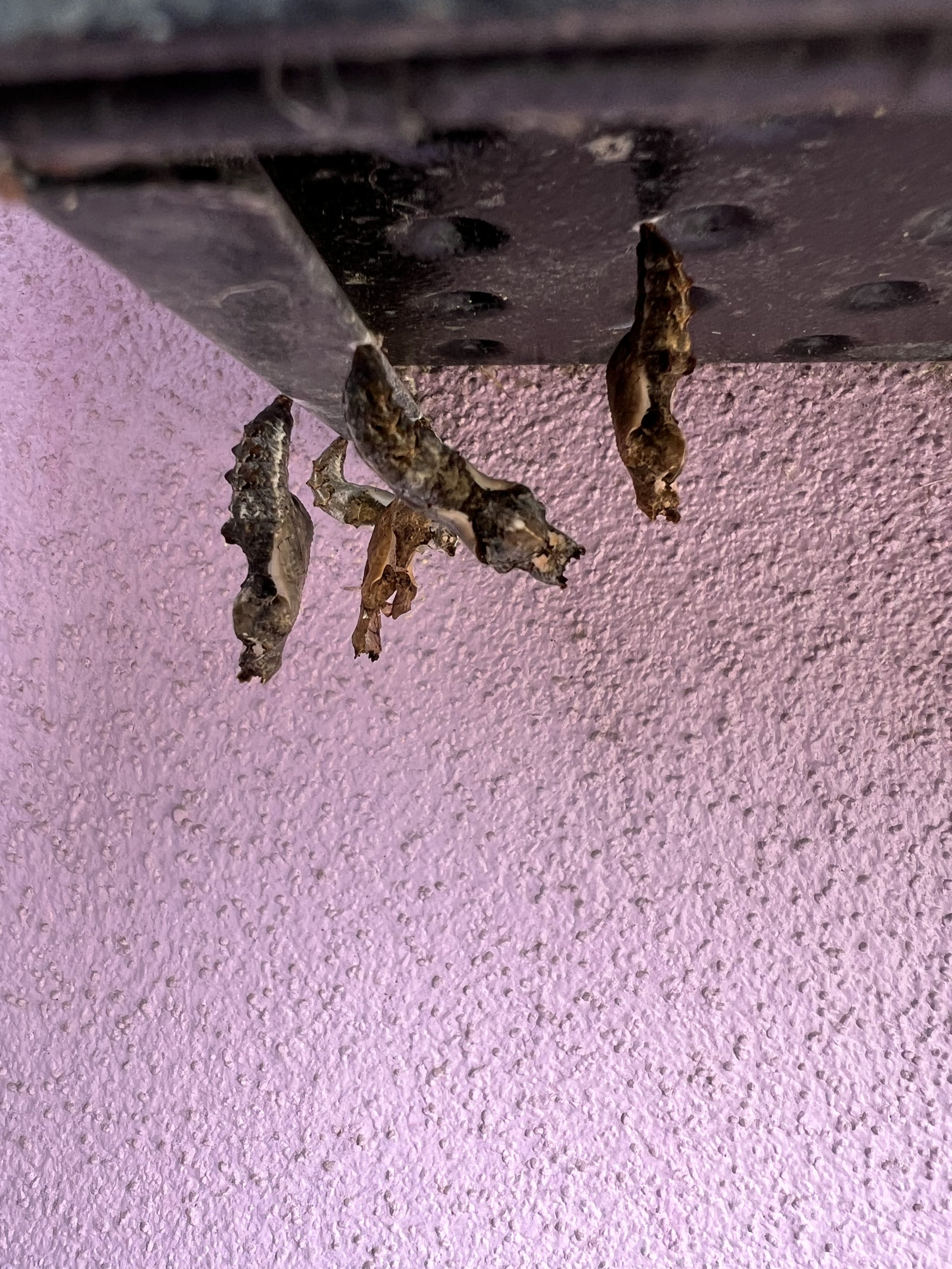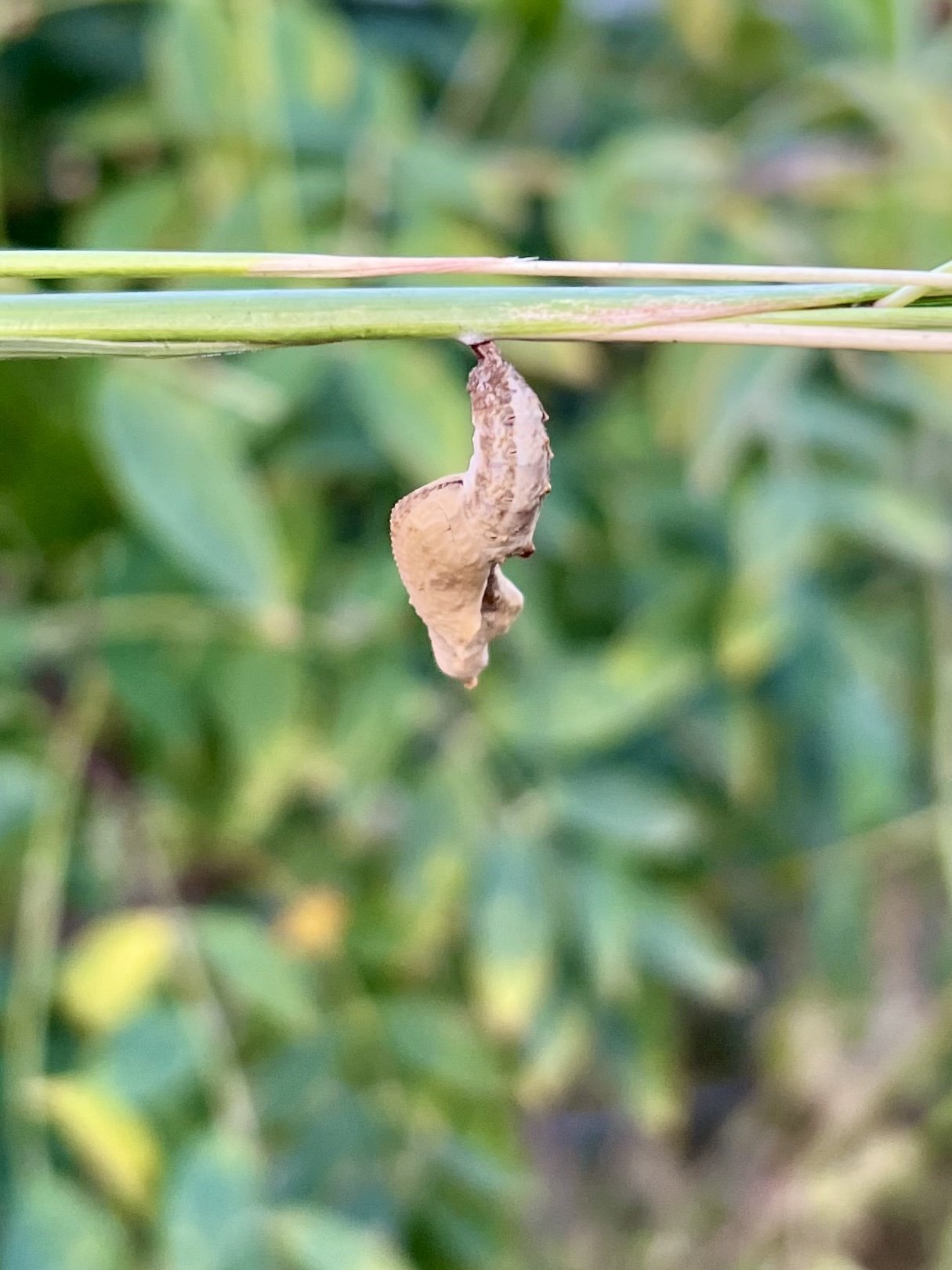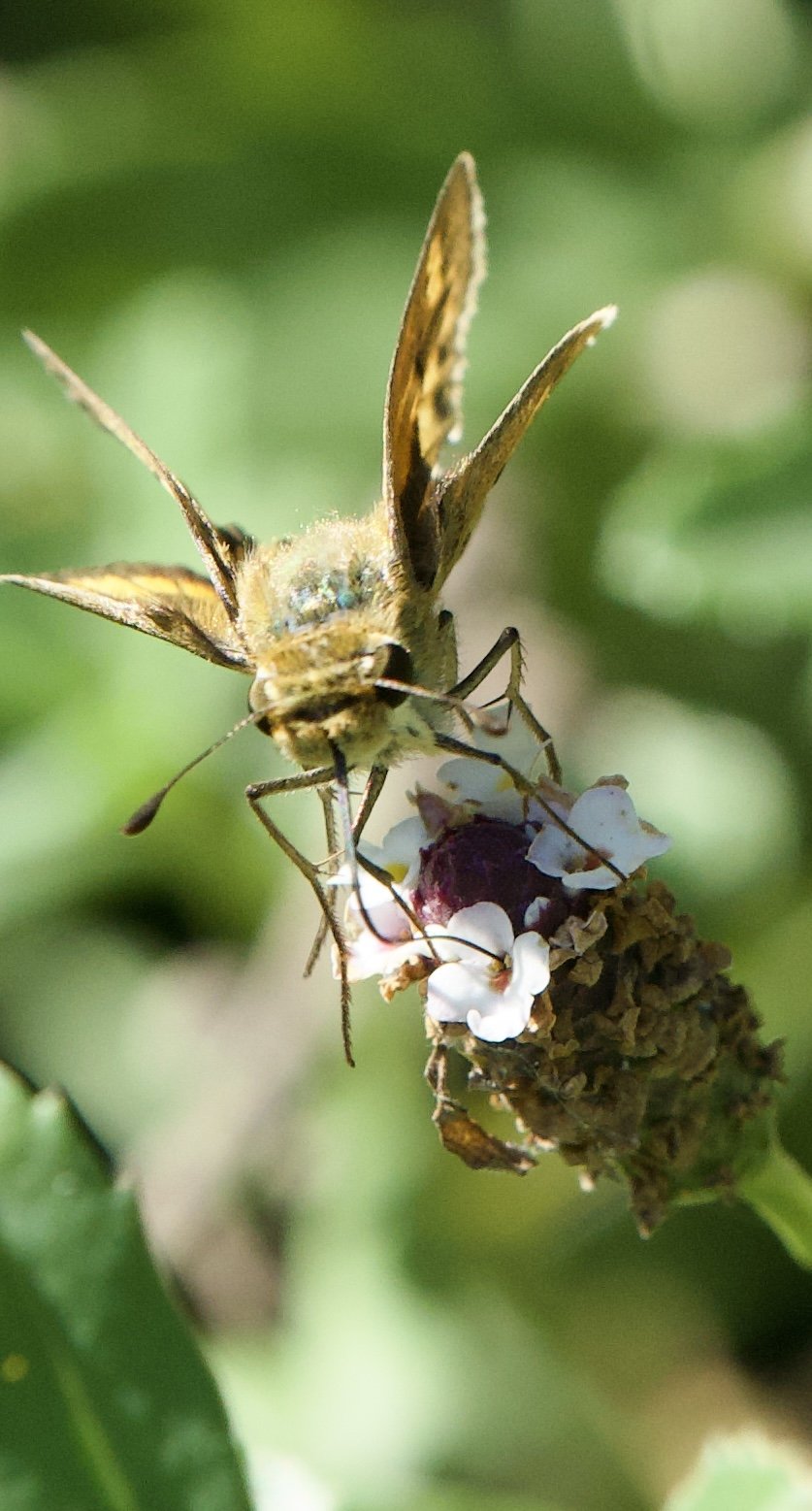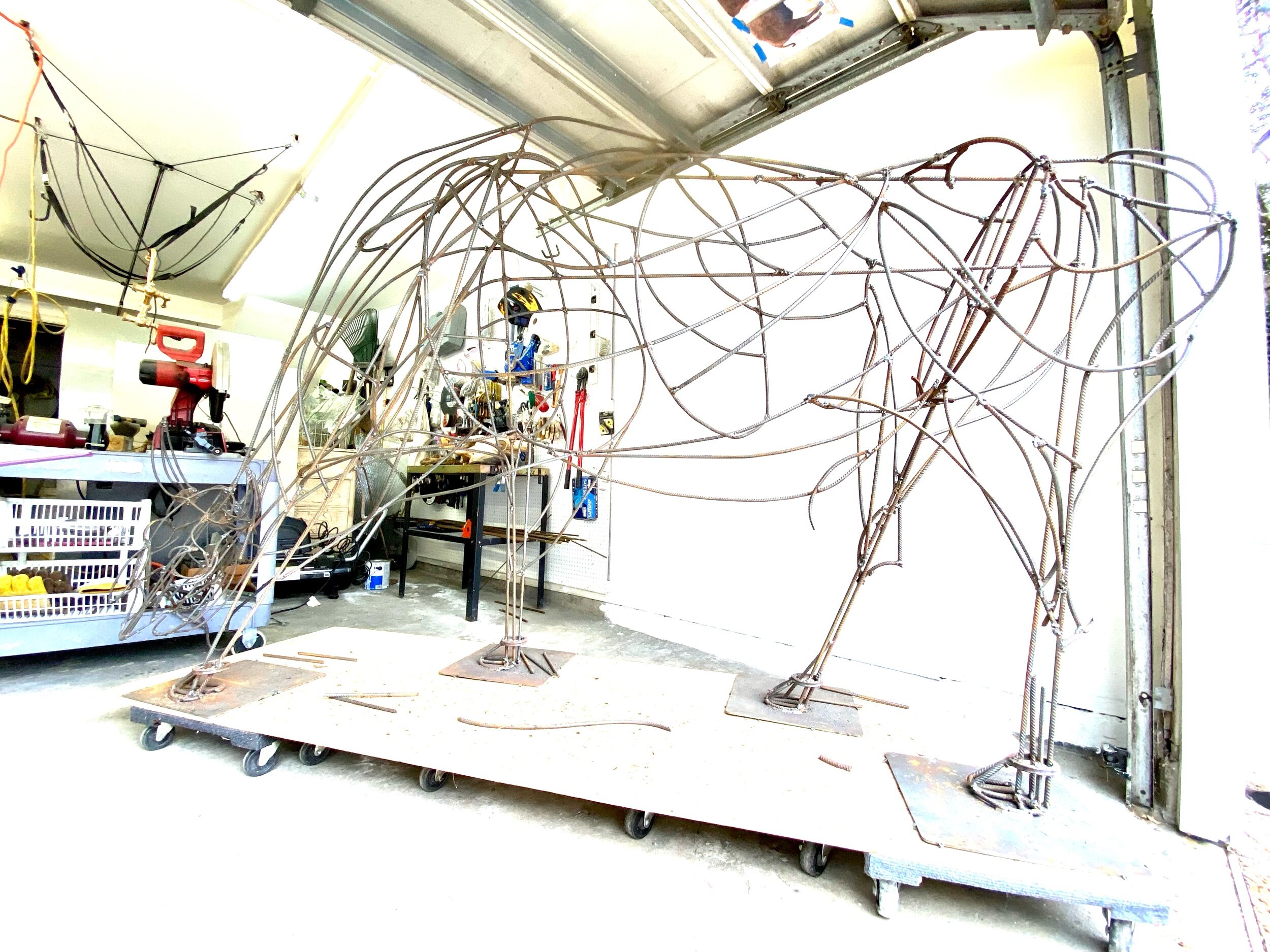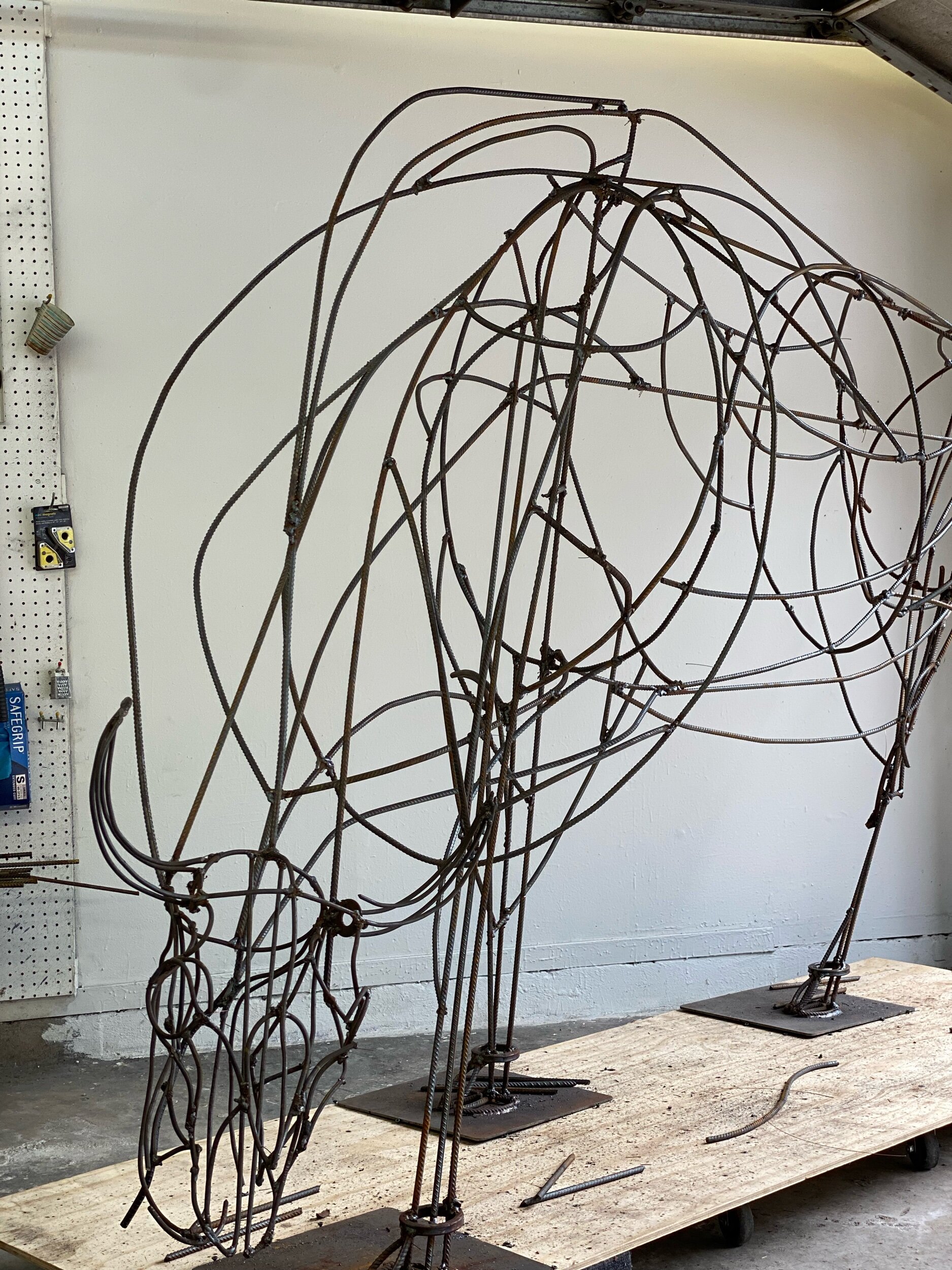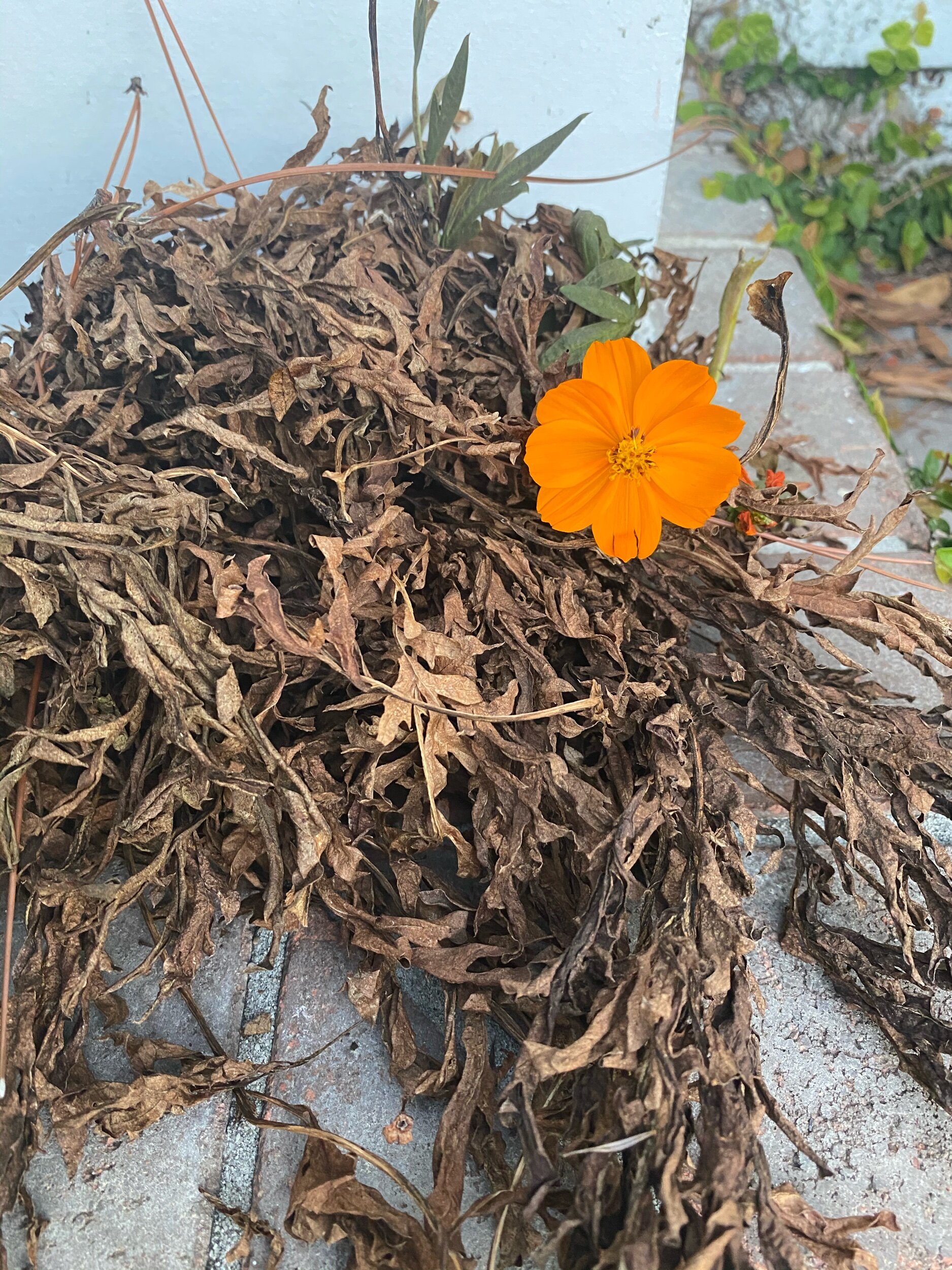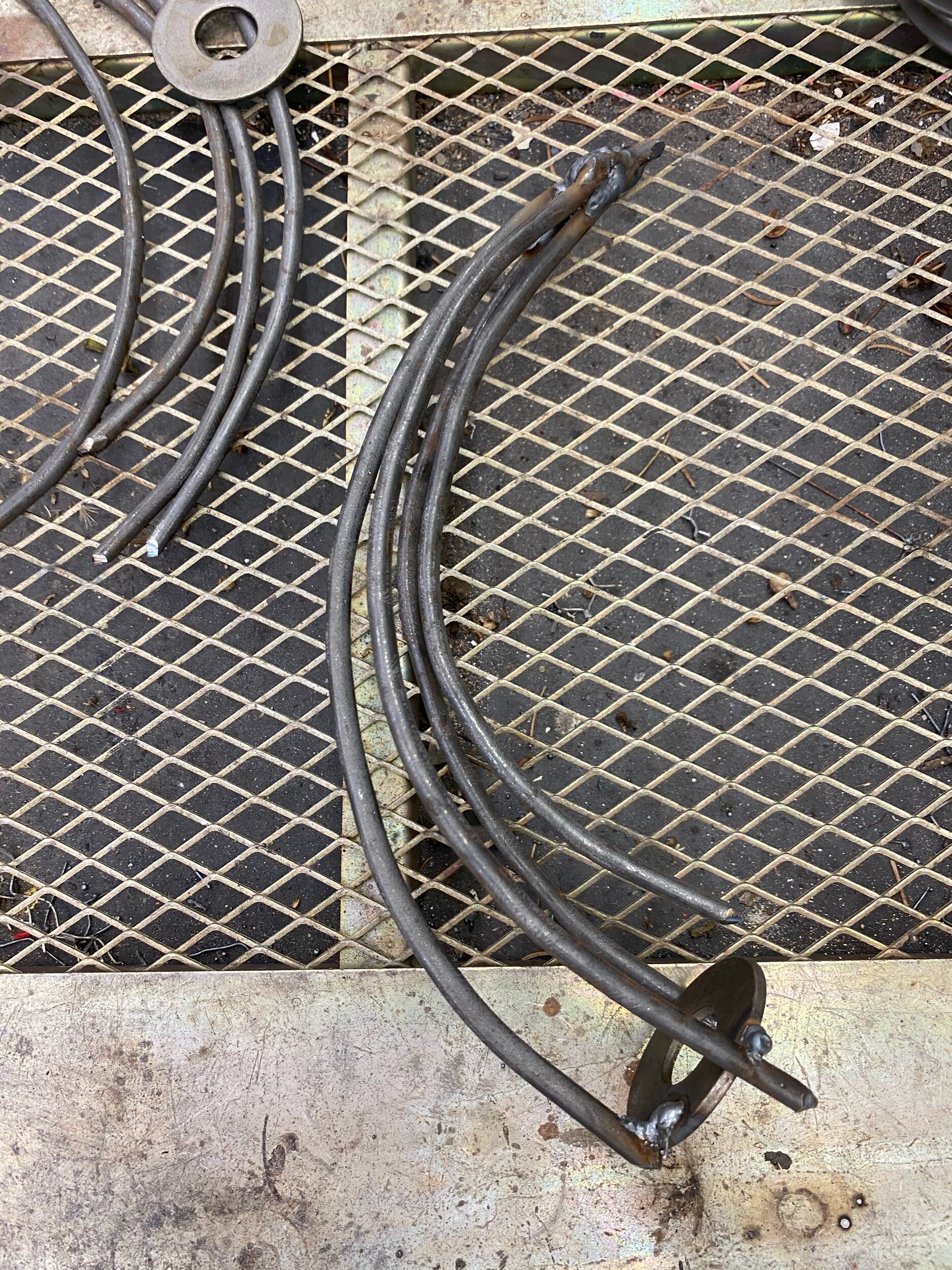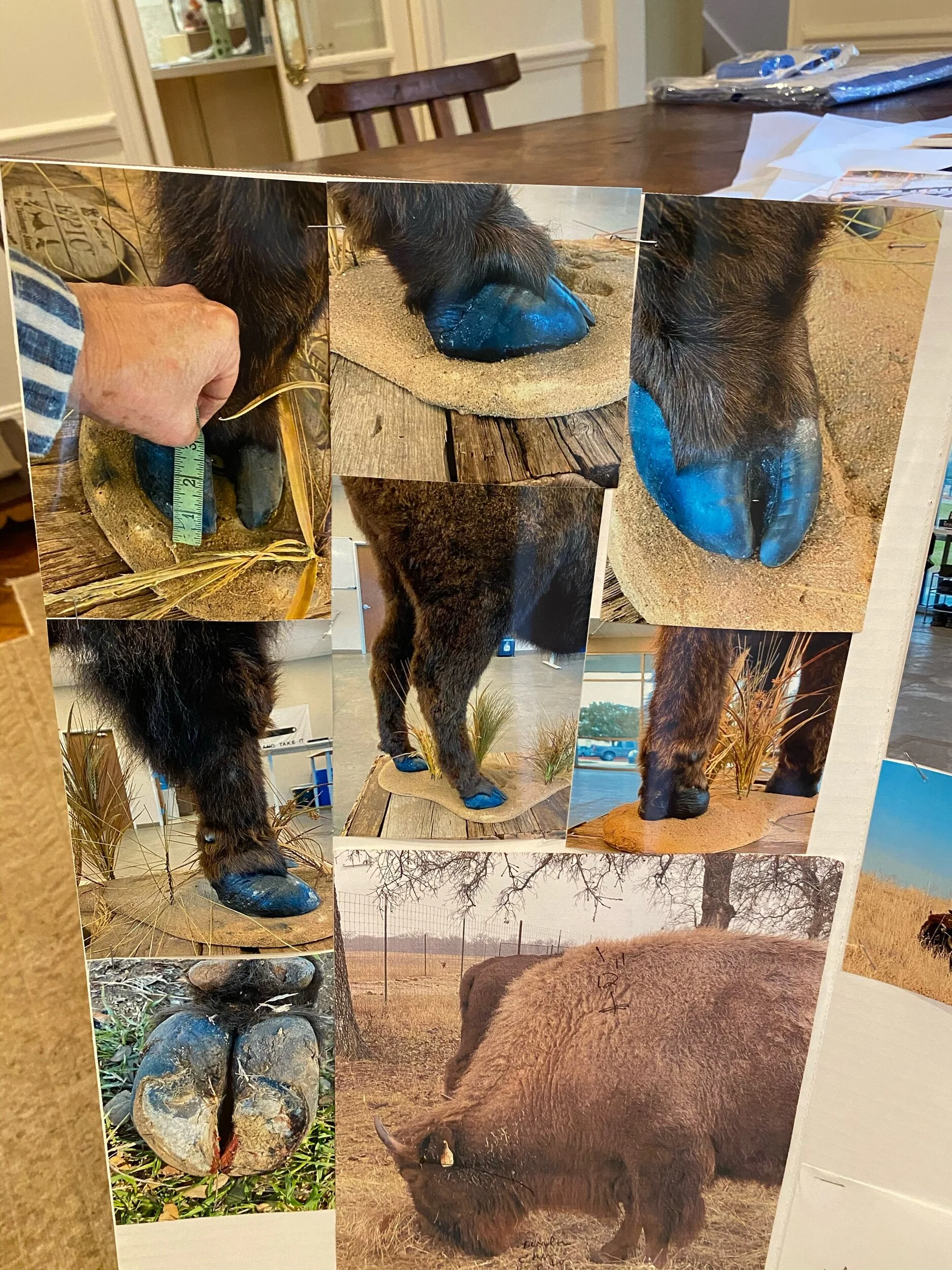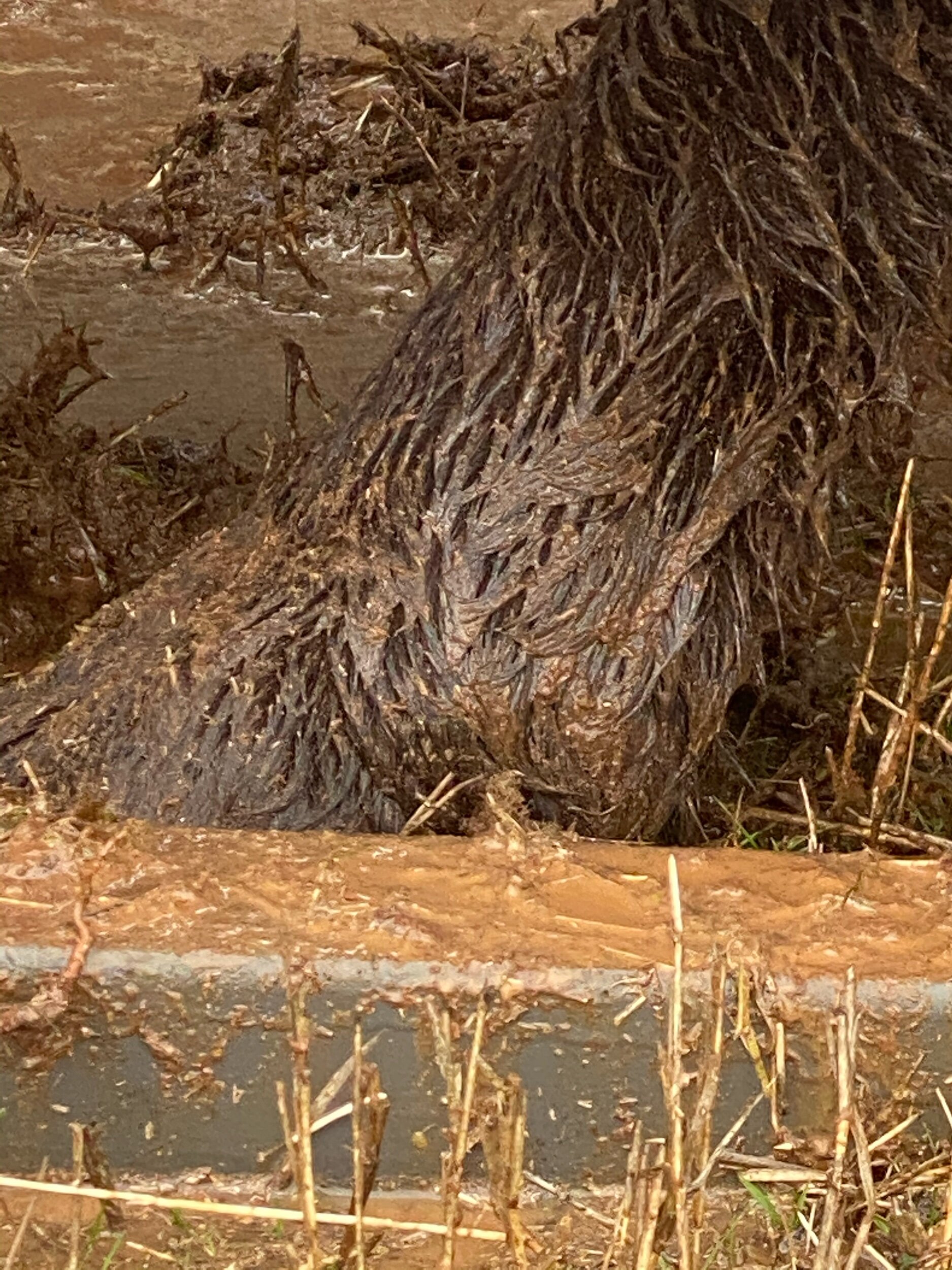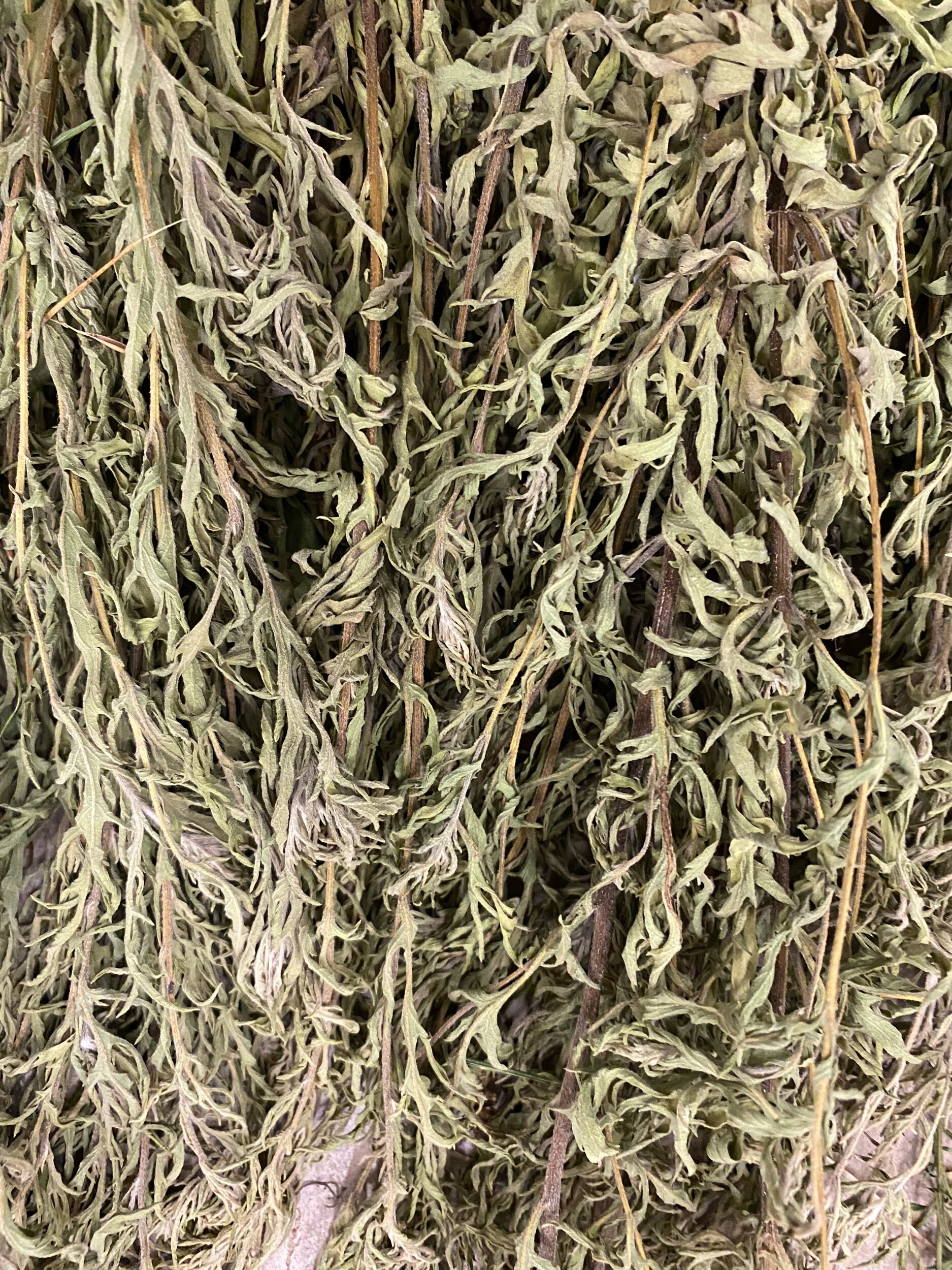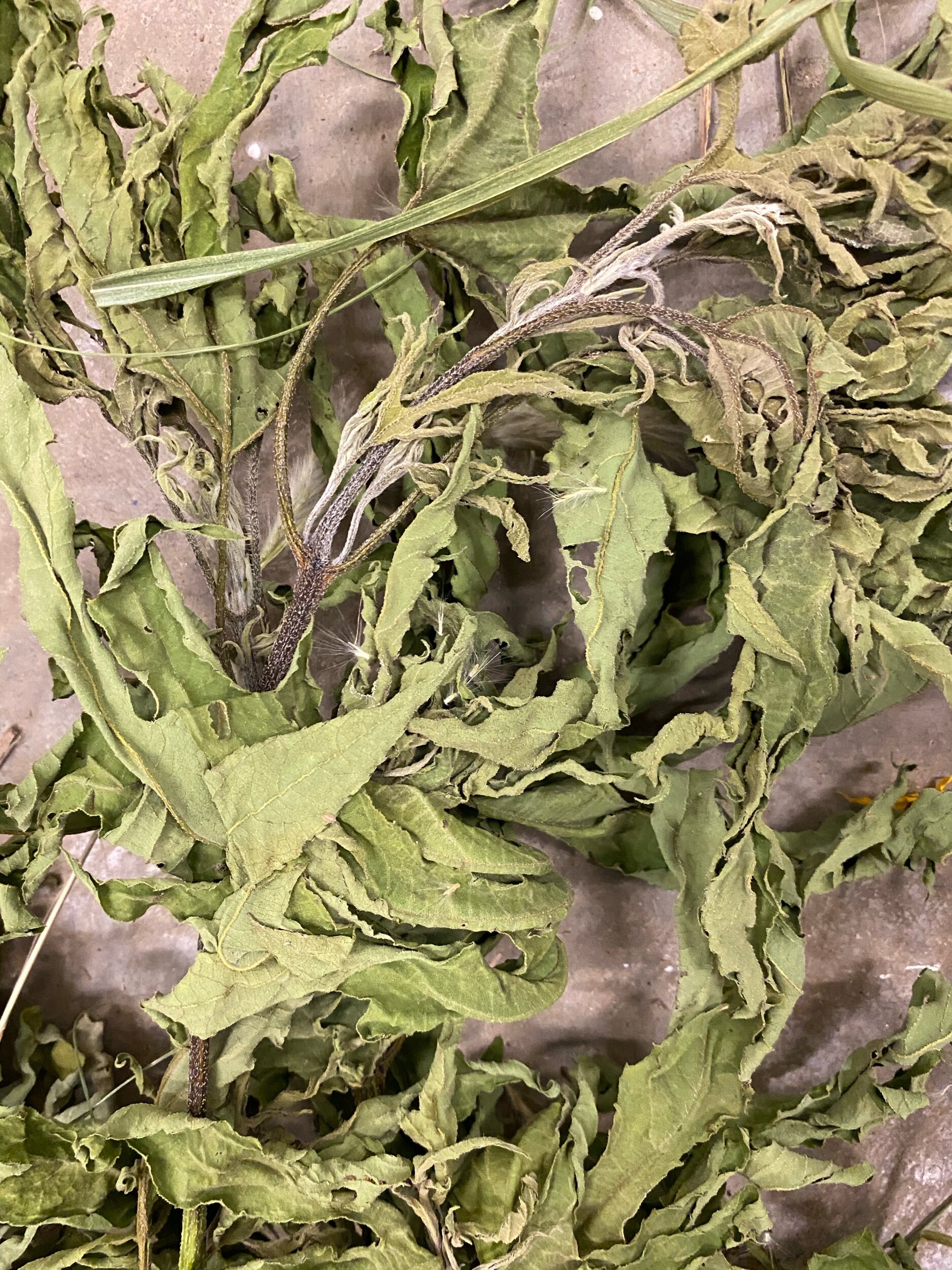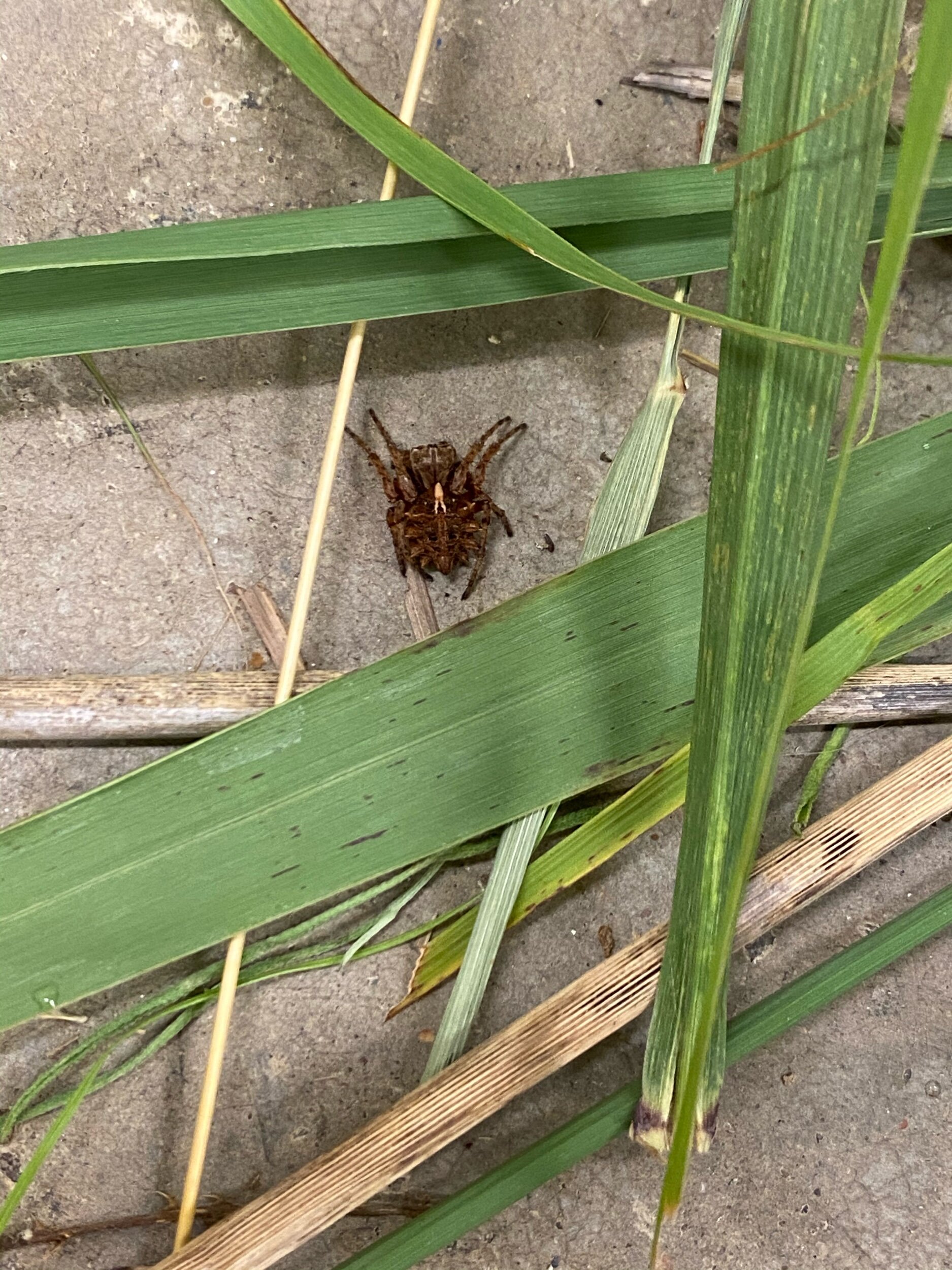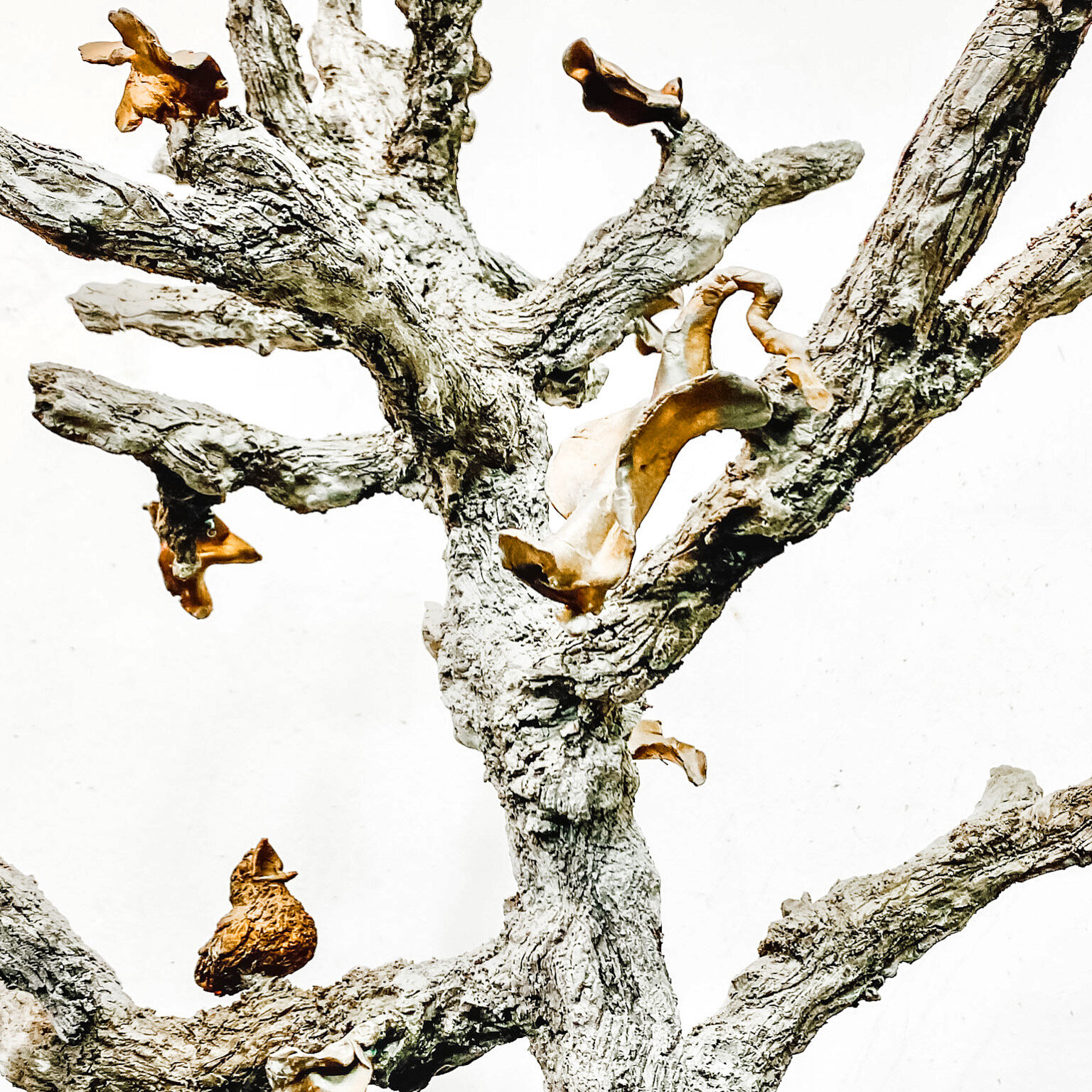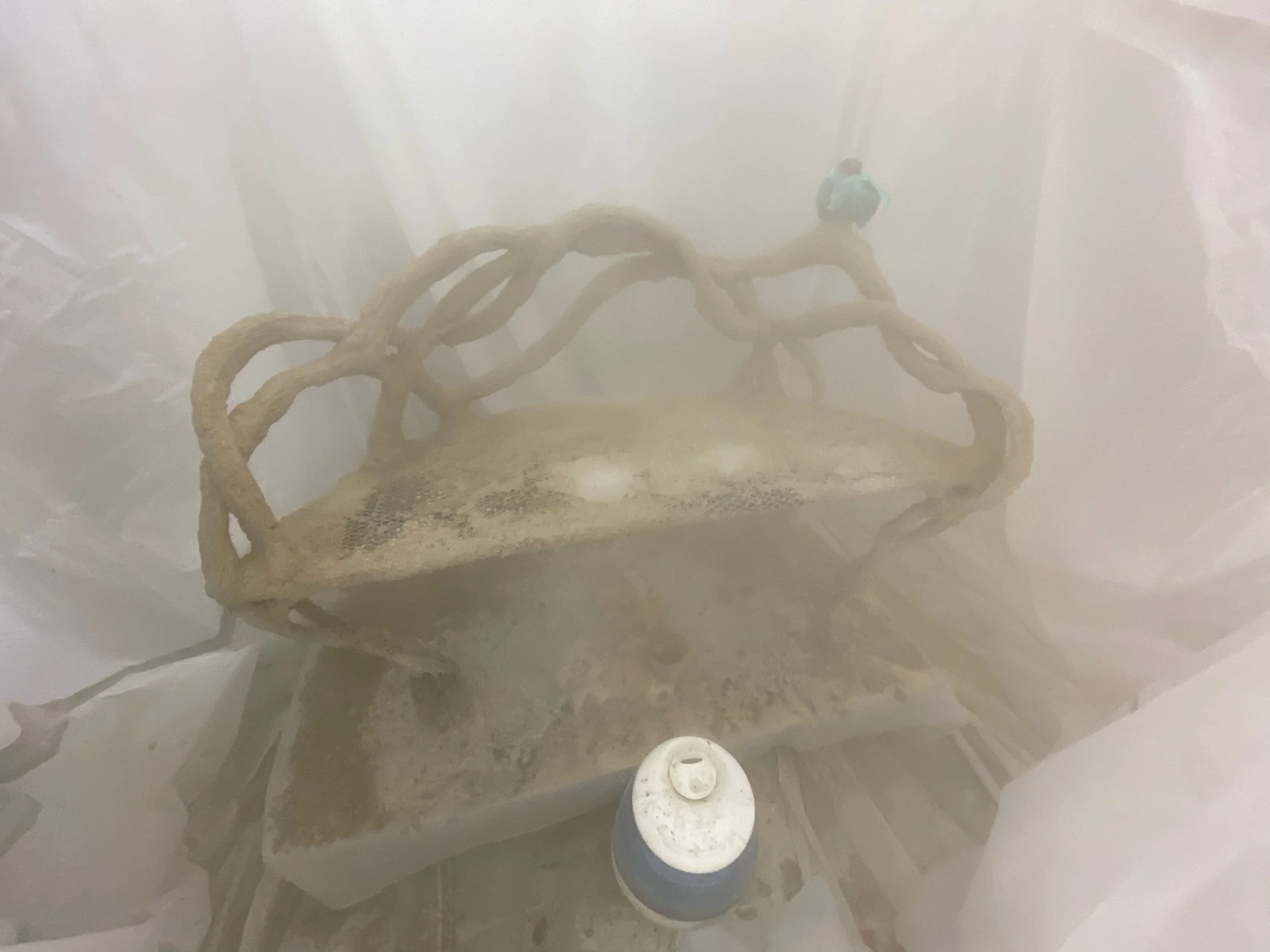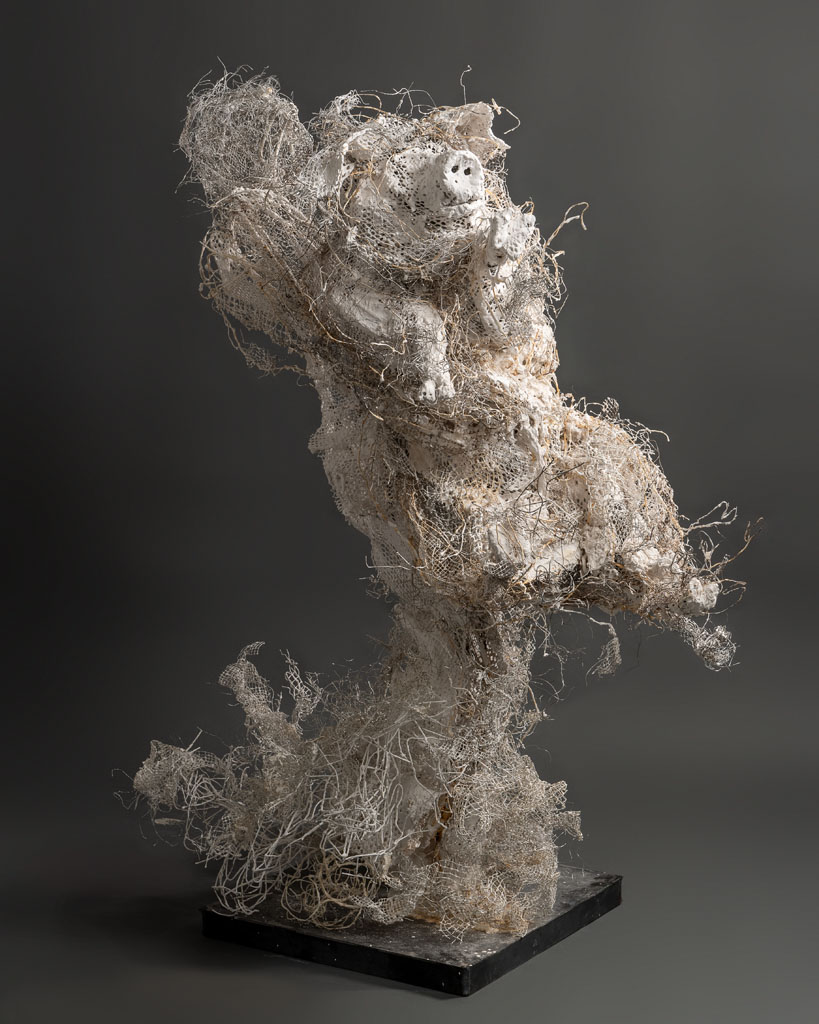“When we hear his call we hear no mere bird. We hear the trumpet in the orchestra of evolution. He is the symbol of our untamable past, of that incredible sweep of millennia which underlies and conditions the daily affairs of birds and men.”
– Aldo Leopold on the call of the sandhill crane
During my Christmas day stroll with family and Tobi, I came across a crumbling old stump harboring an exquisite feathered creature. The majestic bird looked to be either a Whooping Crane or Sandhill crane - the two largest birds of North America.
While North America has many struggling ecosystems, it's so important that we remember the stories of hope and recovery too. The Sandhill crane is one such story - once endangered, their numbers have rebounded thanks to determined humans working to save them. Getting to know these creatures better can only inspire more hope for future environmental recoveries. I'm looking forward to learning more about the whooping cranes on my trip south this February with Curtis. If you know any other inspiring stories of environmental recovery please share them with me?
As found on Christmas day with it's natural patina.
In my garage studio after giving the bark a little wash to highlight the movement in the wood.
Detail
We need these stories of recovery our society needs to believe we can do this.

